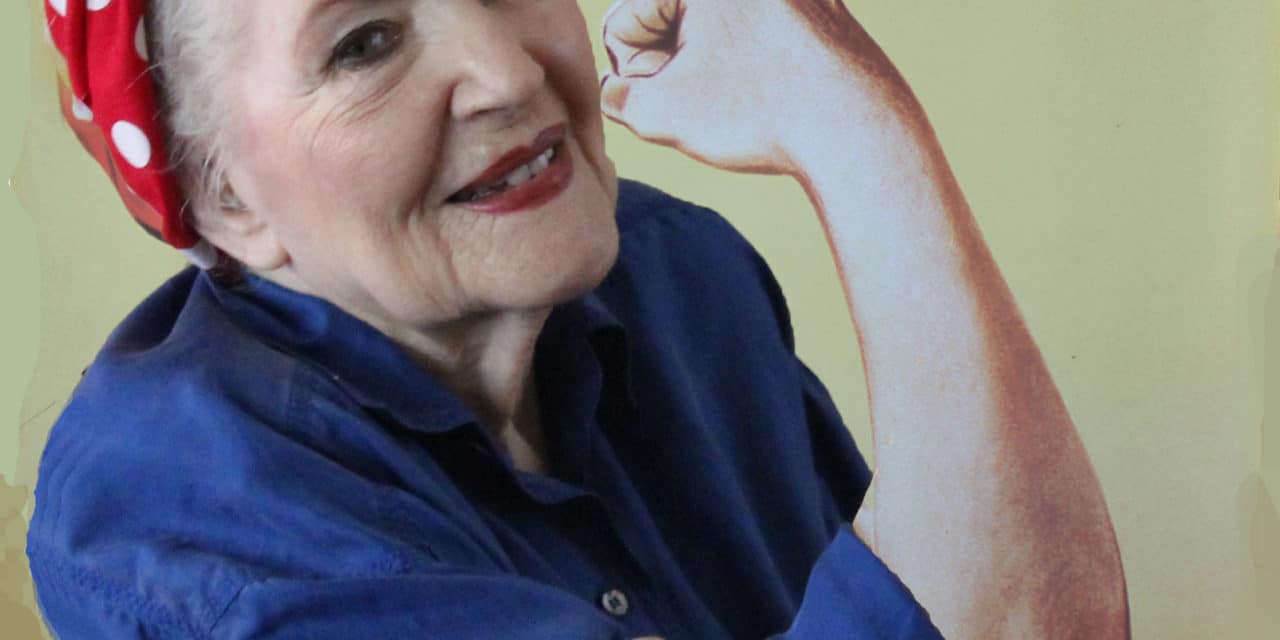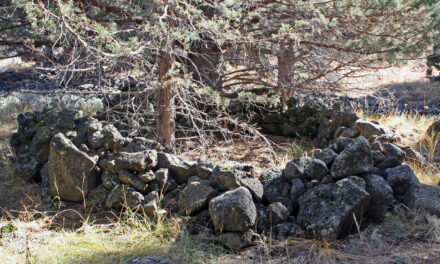Meet the Nor Cal Face Behind The Red Polka Dot Bandana
By Melissa Wynn
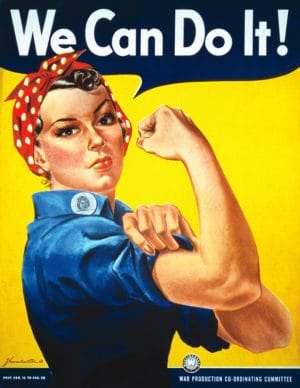
The We Can Do It poster was originally created for Westinghouse Electric as part of a morale-boosting campaign for the new female workforce.
Redding CA
When the men of America were called to duty for World War II the women were called to fill the gaping hole left in our homeland workforce. Production of ammunition, weapons, military vehicles and airplanes shifted into high gear and women flooded into the factories to work, all at a time when few women had held a drivers license and very few worked outside the home.
It was during these trying times that a young Naomi Parker, then 20 years old, was encouraged by her father to do her part to serve her country and join the war effort. She was more than eager to oblige. With her father as her escort Naomi applied for the job at the Alameda Naval Air Station.
Soon after, United Press International came to the Alameda Naval Air Station to produce an article on how women should dress in the workplace for safety. Naomi was photographed working the lathe in her polka dot bandana. Both she and sister Wyn were featured on front pages across the country. At the top of the page Naomi was shown properly dressed for work beside her sister Wyn who was obviously dressed for beauty. Below the photo was the caption with their names and the text, “The clothing policy hadn’t made Naomi Parker any less attractive.”
Naomi clipped the photo from the newspaper and stored it away in her hope chest where it spent decades long forgotten.
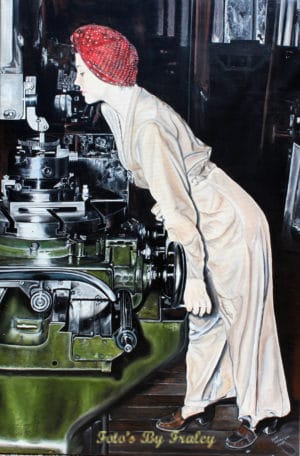
[/media-credit] This painting, photographed by John Fraley, shows young Naomi Parker working at the lathe at the Alameda Naval Air Station
Her iconic bandana would later appear on the “We can Do It” poster produced by J. Howard Miller as part of a morale-boosting campaign for Westinghouse Electric workers in 1942. Further research proved that Miller (the artist) often used images in the media as inspiration for the final touches on his work. In the book “Rosie The Riveter” by Penny Coleman, Coleman stated “the artist used live models and made composites from multiple images that he found in magazines and newspapers. That was his style.”
For more than 70 years the iconic image of the lady in the polka dot bandana, and all it has come to represent, has been inspiring women around the globe to excel in the workplace. With a flexed muscle she has been a constant reminder that “We Can Do It”!
During our research of this story we searched hundreds of photos of women working in factories across the country. Naomi’s photo was the only one we found touting the famous red polka dot bandanna, a bandanna, she told us she remembers buying at a local Five & Dime.
For many years this photo was mistakenly identified as a photo of a lady named Geraldine Hoff Doyle performing her job in a factory in Michigan, a job she held briefly after graduating high school. She saw the photo of the lady at the lathe in 1984 in a copy of Modern Maturity Magazine and assumed she saw herself. It later came to light that Doyle was still attending high school in March of 1942 when the photo was taken and published. Due to Doyle’s case of mistaken identity, she was honored for decades in media outlets across the country, in the Rosie the Riveter WWII Home Front National Historical Park, and many other places. Upon her death, her obituary ran in papers across the country, many of which included the photo of the lady in the polka dot bandanna working at the lathe, with her name under the photo.
In 2009 Naomi Parker Fraley and her sister Ada Wyn Loy, then in their 80’s, visited the Rosie the Riveter WWII Home Front National Historical Park in Richmond, CA for a convention of Rosie’s (women who worked in the war trade during WWII.) It was during this visit that Naomi first realized that her likeness had been credited to Geraldine Hoff Doyle. A park display featured the photo of the lady at the lathe in the polka dot bandana, side by side with the “We Can Do It” poster implying that the poster was inspired by the photo. However, the photo caption named Geraldine Hoff Doyle as the lady the lathe. The sisters were shocked to realize that not only was Naomi the subject of such a famous photo but that her identity was credited to someone else. They immediately brought the misrepresentation to the attention of the park curator. Because so many media outlets had already published the photo naming Geraldine as the subject, the curator of the park museum was left in a very awkward position that day. Understanding that their claim would need proving to correct the matter, this industrious duo returned home to retrieve the original newspaper clipping from the hope chest and sent it to the park to prove their claim.
The true identity of the lady at the lathe in the iconic polka dot bandana, was finally, indisputably proven in print when James J. Kimble, a professor in the College of Communication & the Arts at Seton Hall University in New Jersey, spent years conducting a study tracing the roots of Rosie The Riveter and the history of Doyle’s claim, as well as its portrayal in the media. Kimble studiously tracked down the original photo in an archive of Acme news photographs finding the aged, original photographer’s caption tag still attached to the back of the ‘photo at the lathe’ naming Naomi Parker in Alameda, California, as the subject of the photo.
Kimble’s resulting journal on the matter titled “Rosie’s Secret Identity, or, How to debunk a woozle by walking backward through the forest of visual rhetoric” was published in 2016 igniting a new media craze that is finally accurately identifying Naomi Parker Fraley as the iconic lady at the lathe in the polka dot bandana.
The term “Rosie the Riveter” was first used in 1942 in a song written by Redd Evans and John Jacob Loeb. Her likeness first appeared on the cover of The Saturday Evening Post on May 29, 1943 in an illustration by the famous Normal Rockwell. Mary Doyle Keefe, a 19-year-old phone operator from Arlington Virginia was the model for Rockwell’s cover. Mary was also a special guest at Sotheby’s when they auctioned Rockwell’s painting of the cover, Rosie the Riveter on May 23, 2002. The painting sold for $4.9 million to the Elliot Yeary Gallery in Colorado.
The Rosie The Riveter character is an American icon that represents all the female wartime workers of WWII. Although her job duties with the riveter, her “can do” attitude and her young life epitomize this famous character, Naomi has never claimed to be the inspiration behind it. On the contrary, during our interview she adamantly stated “Rosie was all of us. Everyone was excited to work for the country and we all held up a hand and said we can do it.”
Naomi and her sister Wyn went on to live very meaningful lives and both eventually became ordained ministers. Naomi has a musical background and continues to sing and write songs and poetry. Some of Naomi’s musical work and more details about their trail blazing lives can be enjoyed online. After the truth of the famous lady at the lathe photo came to light, Naomi’s stepson (the sisters daily caregiver) John Fraley launched a website introducing the ladies, the story behind the photo and all that has resulted thus far, www.naomiparkerfraley.com.
These unforgettable siblings, now in their mid nineties, have always been close and now live together in Redding, CA. Still as beautiful as ever and always dressed for success they spend their days singing, praying, writing and enjoying reading and watching the results of their new found fame. Both ladies are very active in their church and continue to minister and inspire young people whenever and however they are able. We are honored to call them neighbor.
We asked Naomi “As the face behind the iconic “We Can Do It” poster that has inspired women for generations what advise would you share with the young women of today?” Her reply portrays all the strength the poster represents and reveals a wisdom worthy of an icon. After careful consideration she concluded our interview with these words.
“You stand at crossroads of life and look upon the future. You have a long life ahead and it’s your right to choose the road that you wish to walk on. One road is darkness, and it’s influences are many. They beckon to you for your destruction, and will drag you down, if you entertain them. It will cause you to despise yourself for the way you are walking.
The other road is of love and charity, and cleanliness of mind, peace, sweet and forgiving. It is the way in which you feel good about yourself. You are uniquely created. There’s no other one created exactly like you. You’re an individual mold and have your very own talents and gifts. The road of light also beckons you on and is fulfilling. I speak this word in capital letters, HONOR, use it. Honor the Lord, parents and country, military and community, friends and all. You will feel good about your self, and it will show in your actions and on your face, and happiness will follow. In this age you have been given many great opportunities before you. Go forth, learn as much as you can. You are a treasure, and the world waits for you.”
With Love, Respect and Admiration,
Naomi Parker Fraley
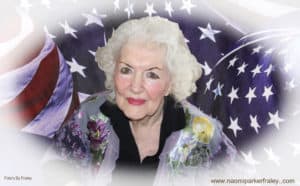
Sources
“Rosie’s Secret Identity, or, How to debunk a woozle by walking backward through the forest of visual rhetoric” By James J. Kimble, Rhetoric & Public Affairs

